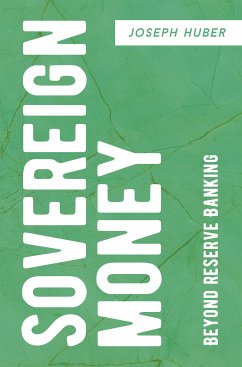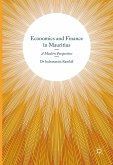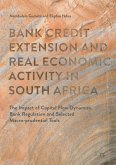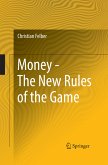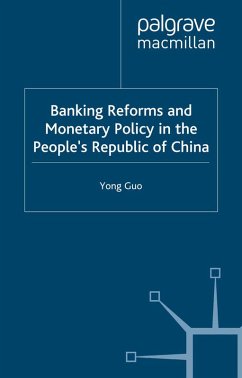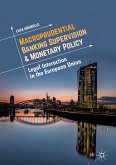In coming to terms with the still smoldering financial crisis, little attention has been paid to the flaws within our monetary system and how these flaws lie at the root of the crisis.
This book provides an introduction and critical assessment of the current monetary system. It begins with an up to date account of the workings of today's system of state-backed 'bankmoney', illustrating the various forms and issuers of money, and discussing money theory and fallacy past and present. It also looks at related economic challenges such as inflation and deflation, asset inflation and bubble building that lead to market instability and examines the ineffectual monetary policies and primary credit markets that are failing to reach some sort of self-limiting equilibrium.
In order to fix our financial system, we first need to understand its limitations and the flaws in current monetary and regulatory policy and then correct them. The concluding part of this book is dedicated to the latter, advocating a move towards the sovereign monetary prerogatives of issuing the entire stock of official money and benefitting from the gain thereof (seigniorage). The author argues that these functions should be made the sole responsibility of independent and impartial central banks with full control over the stock of money (not the uses of money) on the basis of a legal mandate that would be more detailed than is the case today. This includes a thorough separation of monetary and fiscal powers, and of both from banking and wider financing functions.
This book provides a welcome addition to the banking literature, guiding readers through the inner workings of our monetary and regulatory environments and proposing a new way forward that will better protect our economy from financial instability and crisis.
Dieser Download kann aus rechtlichen Gründen nur mit Rechnungsadresse in A, B, BG, CY, CZ, D, DK, EW, E, FIN, F, GR, HR, H, IRL, I, LT, L, LR, M, NL, PL, P, R, S, SLO, SK ausgeliefert werden.

